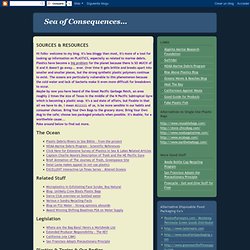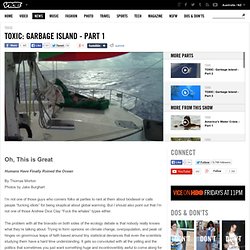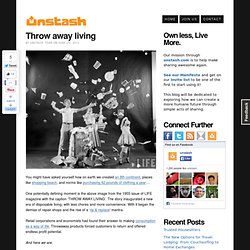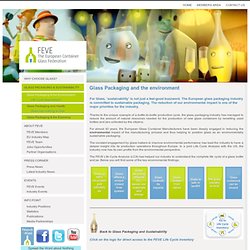

How Does This Sound? Classic Design Firm Goes Ultra-Modern With 3D-Printable Headphones. An 86-year-old design firm creates a set of headphones you print yourself.

In its 86-year history, the industrial design firm Teague has helped commercialize some groundbreaking technology, from the original Polaroid camera to the cabin of the 1946 Boeing Stratocruiser. They continue their legacy of innovation today with their design work on the first Xbox and the interiors of Boeing’s latest superplane, the 787 Dreamliner. And now they’ve started pushing into the 3D-printing world with the 13:30 headset, a creation they call the first “prototype as product.”
The 13:30 isn’t the first 3D-printed consumer product — many offerings from toys to hearing aids beat them to market — but this might be the first high-profile consumer product designed specifically for printing that is as easy to download as a song from iTunes. John Mabry, a senior industrial designer at Teague, designed the 13:30 headphones in between working on high-tech products for the likes of HP, Intel, and Microsoft.
IVANKA Concrete Design - home.
Sea of Consequences...: This photo from a 1955 Life magazine article called "Throwaway Living" Check out the photo... makes you wanna go "WOOHOO!!

" (though actually BOOHOO is more appropriate)Seemed like a good idea at the time. Fewer dishes to wash. The 1950's, a post WWII time of phenomenal growth in this country, hand in hand with growth came the mass production of single-use disposable plastics. And why not-- just throw the junk away. Problem with "throwaway" though, 50 years later- there is no more "away. " Think about it - every plastic fork, knife, spoon, cup, plate and tray in this picture continues to exist, and will do so for the next... ohhhh.... 500-1,000 years. Cast Aluminum and Wood Furniture by Hilla Shamia. This series of furniture that combines cast aluminum and wood is by Israel based product designer Hilla Shamia.

Inspired by the imperfections created by burnt wood, these pieces are made from a whole tree trunk that allows for preservation of the natural form and maintaining distinct boundaries during the casting process. The square shape allows for a sense of artificiality while retaining the memory of the material, molten aluminum is poured directly onto the wooden surface which burns the exterior, and then the plank is cut lengthwise and inserted with a frame that defines its final structure. The furniture pieces have a dark border between the hot metal and wood, the incompleteness and randomness contributes to no two pieces being alike.
Jessie was born in China in 1989; she holds a Bachelor degree in Marketing and Global Management from Binghamton University and is currently a marketing major MBA student there. Wooden Keyboard by Orée. Seeking to bridge the gap between traditional craftsmanship and digital technology, the French design studio Orée has developed a beautifully tactile wooden keyboard.

The wireless accessory is bluetooth enabled and marketed as universally compatible. It’s made of solid premium grade maple and walnut, with special attention paid to craftsmanship (for example each keyboard has uniform wood grain), and to environmental concerns like reduced waste. GOOD: Use Less Plastic. Marine Research Institute - Marine Research, Education and Restoration. TOXIC: Garbage Island. By Thomas Morton Photos by Jake Burghart I’m not one of those guys who corners folks at parties to rant at them about biodiesel or calls people “fucking idiots” for being skeptical about global warming.

But I should also point out that I’m not one of those Andrew Dice Clay “Fuck the whales” types either. The problem with all the bravado on both sides of the ecology debate is that nobody really knows what they’re talking about. Trying to form opinions on climate change, overpopulation, and peak oil hinges on ginormous leaps of faith based around tiny statistical deviances that even the scientists studying them have a hard time understanding. It gets so convoluted with all the yelling and the politics that sometimes you just want something huge and incontrovertibly awful to come along for everybody to agree on. Well, I have just such a thing. The problem with plastic is, unless you hammer it with enough pressure to make a diamond, it never fully disintegrates. Capt. Charles Moore on the seas of plastic. Dianna Cohen: Tough truths about plastic pollution. TOXIC: Garbage Island. The facts about bottled water [INFOGRAPHIC] The Life of Bottled Water (Infographic)
Infographic: Congress Spends a Lot on Bottled Water. How water bottles create cheap lighting in Philippines. Throw away living. You might have asked yourself how on earth we created an 8th continent, places like shopping beach, and norms like purchasing 62 pounds of clothing a year…

Glass Packaging and the environment. For Glass, ‘sustainability’ is not just a feel-good buzzword.

The European glass packaging industry is committed to sustainable packaging. Www.container-recycling.org/assets/pdfs/glass/LCA-GPI2010.pdf. Downcycling « O ECOTEXTILES. Philosopher George Carlin once said, “Man is only here to give the planet something it didn’t have: Plastic.”

And man has done well: plastic is ubiquitous in our world today and the numbers are growing. We produce 20 times more plastic today than we did 50 years ago. The production and use of plastics has a range of environmental impacts. Plastics production requires significant quantities of resources: it uses land and water, but the primary resource is fossil fuels, both as a raw material and to deliver energy for the manufacturing process.
It is estimated that 8% of the world’s annual oil production is used as either feedstock or energy for production of plastics. Plastics production also involves the use of potentially harmful chemicals, which include cadmium, lead, PVC, and other pollutants which are added as stabilizers, plasticizers or colorants.